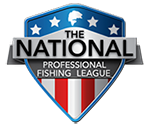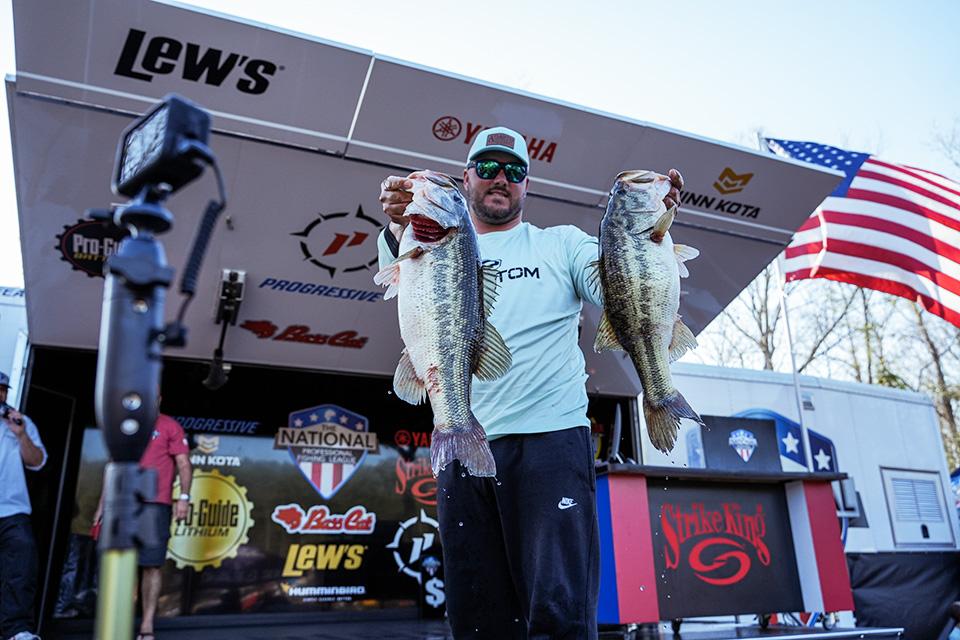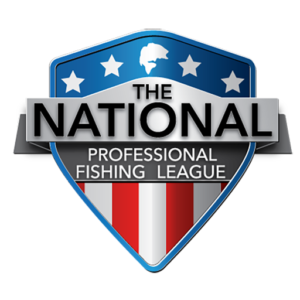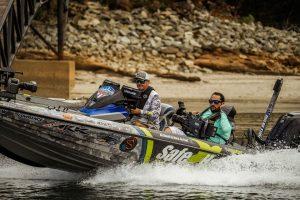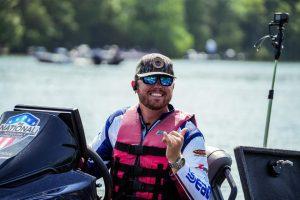Story by Corey Casey | Photos by Tanner & Travis Lyons
Prob baits were first developed in the early 1900s, during the rise of wooden topwater design in the United States. One of the earliest and most iconic examples is the Heddon Dowagiac Expert, introduced around 1910 by James Heddon and Sons. This bait featured metal propellers on both the front and the back and helped pave the way for future designs.
By the 1920s and 1930s, several companies—Heddon, Creek Chub, Pflueger—were making various versions of propeller baits. These early baits were handcrafted from wood and often had hand-painted finishes. Over time, materials evolved to include plastic, but the basic concept of using spinning props to create surface disturbance has remained largely the same.
So, while the exact “invention date” is hard to pinpoint, prop baits have been part of bass fishing for well over a century, making them one of the oldest styles of artificial topwater lures still in use today.
Like most topwater baits, prop baits shine in warmer months, especially in the late spring. For me, whenever the first bream spawn happens, it’s time to break out a prop bait. Calm mornings or evenings are obvious times to fish with a prop bait, but I have had success fishing prop baits on dead calm summer days throwing them in shade pockets or down a shady bank.
Prop baits are in the same family as poppers and walking baits, but they fish a little differently and often slower. Like poppers, prop baits are great for twitch-and-pause retrieves and can be deadly when worked slowly around cover. But instead of a cup-faced “pop,” they use one or two small metal propellers to create a bubbling, splashing sound that imitates a wounded or fleeing baitfish. This gives them a more subtle and unique surface disturbance compared to the sharp “bloops” of a popper.
There are a few proven retrieves depending on the mood of the fish. First, there’s the standard “twitch-pause” where you cast it out and let the splash rings settle, then twitch the bait once or twice and let it sit. A “steady retrieve” is when you slowly reel it in while keeping the props churning. This is great for covering water and calling fish from a distance. The “burn-and-pause” retrieve is when you reel it fast for a few feet, then suddenly stop it. This is great for reaction bites or for schooling fish.
For gear, I like a medium or medium-heavy rod with a fast tip for good hook sets and better control paired with a 7:1 gear ratio reel (for retrieving line quickly) spooled with 20- to 40-pound braid for better strength and accuracy.
If you’re looking for a topwater lure that fishes slow, makes just the right amount of noise, and stays in the fish’s face, a prop bait is the ticket. And If you’re looking for a fun, hands-on learning experience on the water, book a trip with me on Santee Cooper. Whether you are new to bass fishing or just want to sharpen your skills, I will walk you through techniques—like fishing a prop bait—and help you gain the confidence to catch more fish.
Corey Casey – Angler Profile
